| | Return to Local Producer Profiles | Contact Us
.
Ty and Janice Shelton run Sand Springs Ranch north of Lac La Biche. They grow a variety of organic vegetables including: corn, carrots, kohlrabi, potatoes, cucumbers, zucchini, onions, garlic, tomatoes, lettuce, beans, beets, peas, radish, cabbage, melons and squash. They also raise grass fed pork and run a herd of 150 grass fed beef cattle.
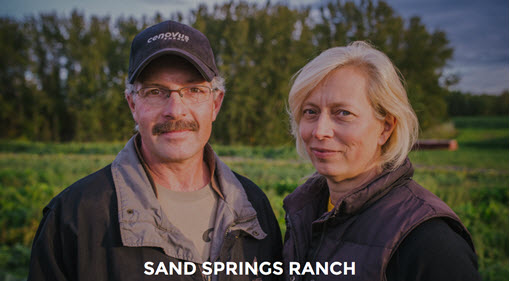
You can access Sand Springs Ranch products through their local Community Supported Agriculture, at the Lac La Biche Farmers’ Market or through The Organic Box. You can learn more about Sand Springs Ranch by liking their Facebook page.
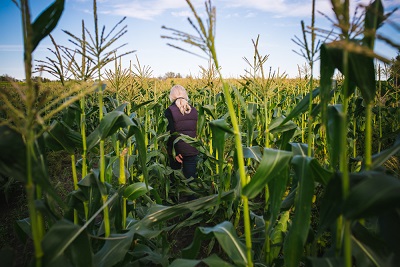
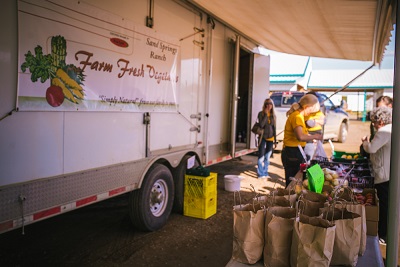
How Sand Springs Ranch began:
Janice and Ty farm the land that Janice’s grandparents purchased after they moved to Alberta. When her grandfather received a diagnosis of malaria, his doctor recommended they relocate to a cooler climate, so they sold their land in Sand Springs, Oklahoma and moved to Lac La Biche, Alberta. Ty and Janice honour their farming legacy with their name, Sand Springs Ranch.
Janice and Ty began with growing potatoes because their sandy loam soil seemed like a perfect fit for them. The first year they tried an acre, the following year 20 acres and shortly after that, they were at 80 acres of potatoes! They then decided to diversify into other crops.
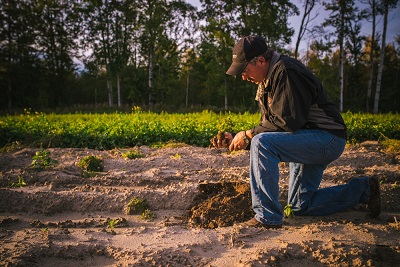
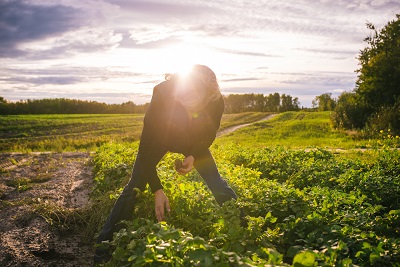
Growing in a Northern climate:
Janice and Ty grow a number of test crops to discover what will thrive in their northern climate. They Brix test their crops for sweetness, taste test them for flavour and have them analyzed for nutritional value. The variety of test crops is incredible. For example, they’re currently experimenting with 20 different varieties of garlic to see what does best on their land and they usually grow between 13 to 18 varieties of potatoes including a variety that is low glycemic.
Janice and Ty have also recently begun to raise much of their own seed. This began one year when a bad hailstorm damaged some of their crops and rather than till them under, they decided to let them go to seed. When they planted their saved seed the following season, they discovered that the crops were phenomenal. The plants had better germination, were more vigorous and produced better quality vegetables simply because they saved seed that was already adapted to their particular climate. They now grow as much of their own seed as they can and whenever possible, buy local seed. Unfortunately this isn’t possible with all of their crops.
Ty and Janice work with nature and pay close attention to the natural system they’re working within. They combine their fact-driven analytical farming with generational wisdom about agriculture in everything from when to butcher their animals to what kind of pasture crops are best for calving to the time of day they should be seeding their vegetables. While conventional agriculture often overlooks this kind of attentiveness to the natural world in favour of convenience and efficiency, Ty and Janice believe that it doesn’t take much more work to “stop and smell the roses.”
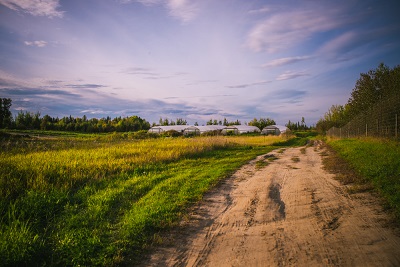
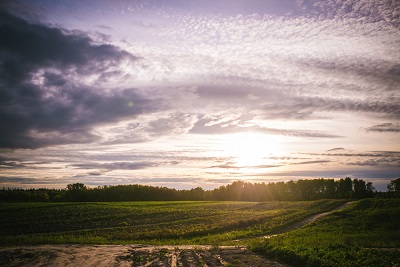
Their role in the community:
Janice and Ty work hard to ensure their products are harvested at the height of their nutritional value. However, one of their biggest challenges is to communicate to customers about the nutritional value of their crops. Part of this education is helping break down the habits of consumers looking for convenience rather than nutrition and learning to understand that the product they’re buying in chain grocery stores is not identical to locally produced food in terms of quality and nutritional value.
They are encouraged by seeing their consumer base beginning to educate themselves on the differences in the food they’re buying and seeking out healthier options. To help them with this, Janice and Ty are doing their best to actually document the nutritional value of their products.
They’re currently focused on building up the health of their soil and monitoring it over the course of several years to see how the soil and the products they grow respond to it. This year they’ve sowed tillage radish, turnip, kale, oats and peas into a pasture in order to see how they can increase the nutritional value and experiment with the perfect ratio of plants to finish their grass fed beef. They’re also doing nutritional testing on their protein products (beef and pork) to help them pinpoint the trends in their products and understand what they can do to raise the best meat possible.
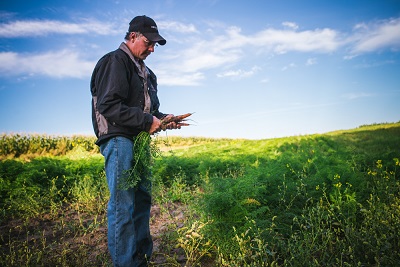
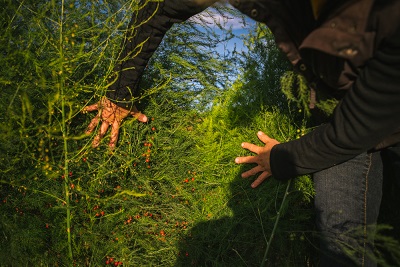
Their connection to customers:
Nutritional value is so central to everything that happens at Sand Springs Ranch Ty and Janice have created ways in which they can share their learnings with the public. From hosting Seedy Saturday events and seed saving workshops to running a healthy snack/nutrition week in local schools (run by their daughter Jolene) and “Ag in the Classroom” programs, they’re going above and beyond to provide education to their community. Since they began these programs, they’re noticing a shift in their customers, especially the local kids. When children come to the farmers’ market with their parents they’re the ones eager to talk about the vegetables and pick what their families should purchase.
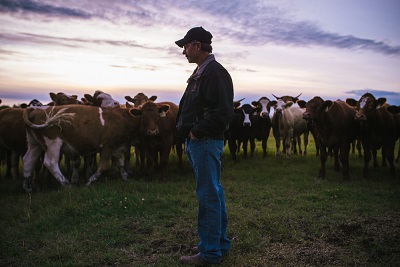
The future of Sand Springs Ranch:
Through analyzing their crops, using natural world wisdom, and striving to make their plants, soil and animals healthier, Ty and Janice are excited to seek out ways to produce high value nutritional food for their customers.
“It's about raising the most nutritious product that I possibly can.” - Janice Shelton
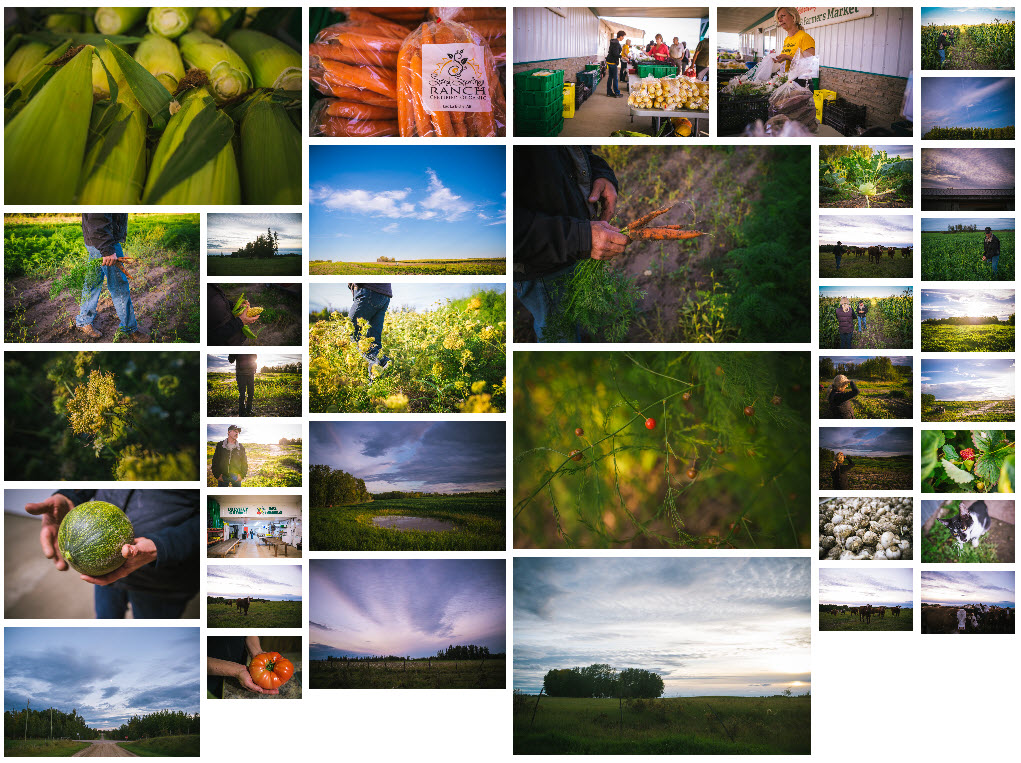 . . |
|